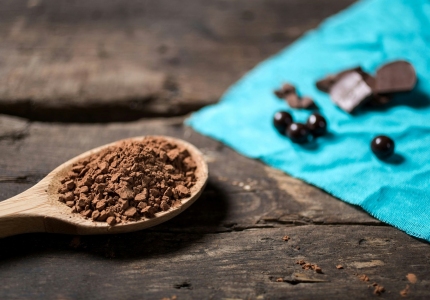Ayurvedic massage has touched the minds and spirits of people worldwide as they have experienced the peace of these rich Hindu techniques and principles. Combined with the practices of yoga and of mindful nutrition, ayurvedic massage isn’t just your everyday backrub. It revitalizes your body, mind and soul, placing them all back into harmony.
What is Ayurveda?
Ayurveda is one of the oldest medicinal practices on Earth. Its wisdom was eventually written down within a set of Hindu sacred scriptures called the Vedas. If Sanskrit had contributed to English directly, ‘Ayurveda’ might have produced a synonym for ‘biology’: ‘Vedas’ are, roughly translated, ‘the study and knowledge of’, in this case, ‘ayu’, meaning life or longevity. Ayurvedic practices are considered by many to be complementary to Western medicine and can be used symbiotically.
Ayurveda principles
Ayurveda is rooted in Hinduism with a focus on universal balance and a healthy lifestyle. From this perspective, too much of one thing means not enough of another, which is the cause of disease and distress. As a medicinal practice, Ayurveda takes a holistic view and promotes your body’s own natural defenses to prevent illness and lengthen your lifespan by capitalizing on the properties of herbs and oils to keep your body, mind and spirit in equilibrium.
The Doshas
We are the stuff of stars. Everything in the universe is made up of those same elements on the periodic table, right? Ayurveda sees the elements of earth, fire, water, air and space (also referred to as ‘ether’) in everything, which combine to form three ‘doshas’. ‘Vata’ is associated with air and space, embodied by the wind. Always changing, its primary attributes are cold, movement and instability. The main elements of ‘kopha’, or ‘kapha’, are water and earth, so this dosha’s primary qualities hold it all together like mud: heavy, resistant and stable. The third dosha, ‘pitta’, combines the elements fire and water. You can sense it immediately: sharp heat that changes whatever it touches. Sound like someone you know? Even our personalities are founded within these basic components.
Ayurvedic massages
It feels SOOO good when you finally knead out those knots in your back and can move freely again without shooting pain or dull aches. Working out those blockages is exactly what ayurvedic massage is about. It sends life-giving blood to body parts that don’t get enough of what they need and gets your energy circulating again where it was bunched up in tight kinks. Among many other ailments, it relieves muscle soreness and pain – not to mention stress – and can either chill you out or fire you up, depending on how it’s done.
Abhyanga massage
Abhyanga is the name for ayurvedic massage in the Hindu tradition. Much more than an airport shoulder rub, ayurvedic massage carefully considers where the massage is needed and any other part of the body it could affect indirectly, as well as the elements in the herbs and oils used. Want to know more? Here are just four of the many Ayurveda massage specialties.
Pinda swedana massage
The name sounds a little like ‘sweat’ and it’s not far off. Your skin’s ability to absorb and excrete is a key part of this Ayurvedic technique. Pinda swedana uses a small bundle of cotton filled with herb-infused rice cooked in milk to create an experience of warmth and pressure that will help relieve sore muscles and stimulate the skin. You soak up the benefits of the herbal milk infusion and your muscles reap in the relaxation.
Chavitti massage
The image of Chavitti massage is pretty exotic to the Western eye. Chavitti Uzhichil is a foot massage, but it’s the feet that are giving the massage! The practitioner uses a system of ropes that hang from the ceiling to support their weight and apply exactly the right amount of pressure in precisely the right spot. It takes a lot of specialized training to get it right, but done correctly, this massage can be invigorating, with special benefits for the lymphatic system.
Shirodhara massage
Shirodhara evokes an image you’ve probably seen on massage websites, with oil streaming onto the forehead and into the hair of a person in total bliss, any tension being carried away with it. In connection with Hindu philosophy, the oil flows into the sixth chakra, known as the third eye, which is a point in the middle of your forehead associated with consciousness and intuition.
Padabhyanga massage
No body part receives more tactile sensations than your feet, which are in constant contact with the ground every day as you move through life. Padabhyanga revitalizes your feet after they’ve worked hard to get you where you’re going, with careful attention to pressure points and the effects of your footsteps on the rest of your body.
If you’ve enjoyed this articles, you should read How to meditate. A guide for beginners.



